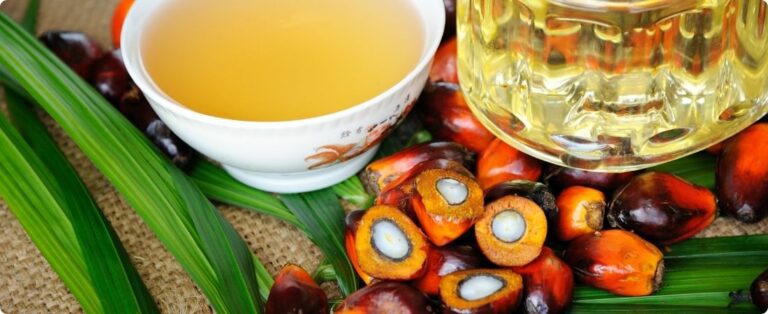The start of corn planting is being hampered in several regions of Brazil due to a prolonged drought in the main producing regions. Meteorologist Luiz Renato Lazinski, from INMET (National Institute of Meteorology), points out that the phenomenon is not common for this time of year.
“In recent years, the climate has been very favorable to our crops, but this year in particular, we are observing a very strong atmospheric blockage in the Pacific Ocean and this is strengthening the mass of hot and dry air in Central Brazil, which does not allow the cold fronts, coming from the south, advance towards Brazil, blocking these cold fronts between Rio Grande do Sul and Uruguay”, he explains.
According to Lazinski, “this happens, but it is not very frequent, since, during the end of winter and spring, rains are normally more frequent and abundant, mainly in the southeast and central-west of Brazil and this year, this is not happening. happening. Regarding drought, it occurs from time to time, but it is not cyclical, it depends on phenomena that occur very far from here, such as 'El Niño' and 'La Niña', for example, in the Equatorial Pacific Ocean, and these phenomena are not cyclical”.
“For now, we are in a situation of climate neutrality, without the influence of 'El Niño' or 'La Niña'. But there is a tendency for a new 'La Niña' to return from mid-spring and summer, which means very irregular rains and the occurrence of some dry spells throughout the summer harvest”, projects the expert.
The executive president of Abramilho (Brazilian Association of Corn Producers), Alysson Paolinelli, admits that the drought could cause a reduction in planting. “The summer harvest may indeed decrease, in regions that are suffering from drought. But in few areas. It may reduce summer planting, but it will make up for it later, in the soybean residue, in areas where it is possible to plant second-season corn in Paraná. Corn production should grow a lot because demand for the cereal is strong and the price is currently good. There may be more safrinhas in regions where they usually plant crops”, he comments.
Source: Agrolink










